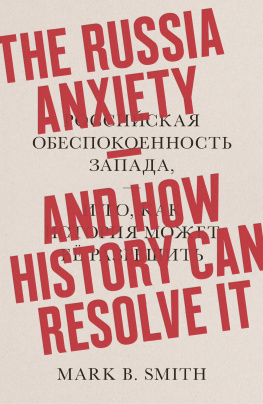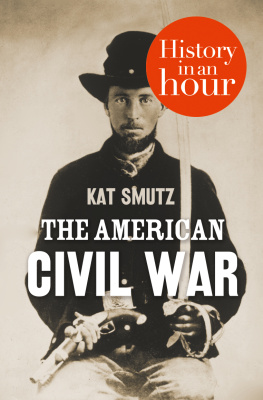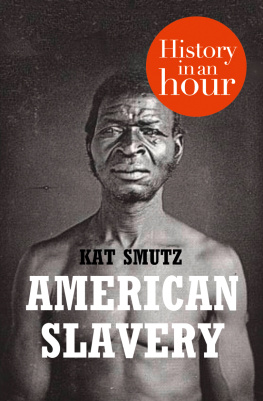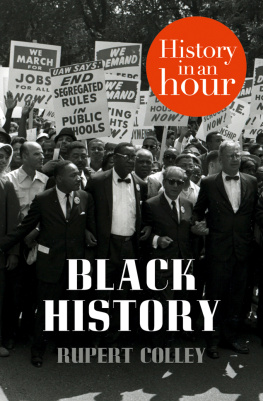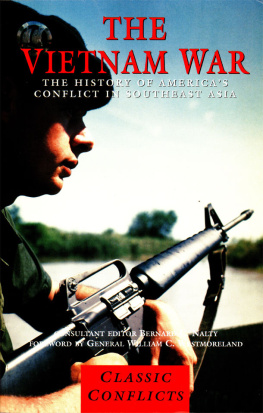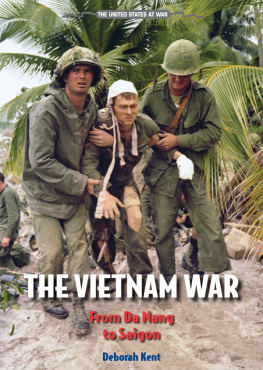History in an Hour is a series of ebooks to help the reader learn the basic facts of a given subject area. Everything you need to know is presented in a straightforward narrative and in chronological order. No embedded links to divert your attention, nor a daunting book of 600 pages with a 35-page introduction. Just straight in, to the point, sixty minutes, done. Then, having absorbed the basics, you may feel inspired to explore further. Give yourself sixty minutes and see what you can learn...
To find out more visit http://historyinanhour.com or follow us on twitter: http://twitter.com/historyinanhour
Ho Chi Minh (19 May 18902 September 1969)
The single most influential figure in the Vietnamese nationalist movement, Ho was one of those rare figures in history who appear to transcend the movement which spawned them, and who come to personify a set of ideas and goals. The youngest of three children, Ho was born Nguyen Sinh Cung in 1890 in a village in central Vietnam. Ho spent his formative political years in exile. Between 191141, he travelled through Europe, USA, China and the Soviet Union. Even though he was criticized by communists for being a nationalist, he helped found the French Communist Party, and spent time studying in Moscow. He returned to Vietnam in 1941, and helped establish the Viet Minh, and worked with the Office of Strategic Services (OSS) to resist the Japanese occupation of the country.
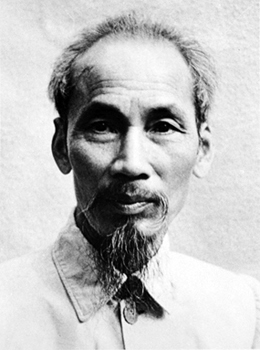
At the end of the war, he declared Vietnamese Independence, but failed to sustain this ideal in the face of French, British, and US opposition. While he had emphasized the nationalist nature of his movement throughout much of the 1940s, his need for external support and recognition led him to play up his communist credentials to a much greater extent towards the end of the decade. While Soviet recognition proved useful, it was the practical military assistance of the new Peoples Republic of China which proved critical in sustaining the war effort against the French.
Thwarted in his attempt to create a united Vietnam at Geneva in 1954 and two years later by the failure of Diem to hold unification elections, Ho was forced to consolidate his grip on power in the North while waiting for Diem to be overthrown. The gradual escalation of US involvement threatened to place an insurmountable obstacle in his path, but he correctly predicted that the lack of political will in US for a long, bloody war would ultimately leave the way open for the conquest of the South.
Feted as the father of the DRV, Ho also played a key role in maintaining morale in the North during US bombing campaigns and the costly Tet Offensive. His death from heart failure in 1969 led to the creation of a posthumous cult of personality, with his body embalmed in a mausoleum and Saigon renamed Ho Chi Minh City after its capture in 1975.
General Vo Nguyen Giap (25 August 1911)
With an academic background, and little formal military training, Vo Nguyen Giap rose to become not only North Vietnams pre-eminent strategist and military leader, but arguably one of the twentieth centurys best known commanders.
Before the outbreak of the First Indochina War, Giap was educated at the University of Hanoi, before becoming a history teacher. After joining the Indochina Communist Party in 1937, he was responsible for founding the Viet Minh with Ho in 1941. He subsequently led the resistance campaign against the Japanese in the north of Vietnam, with the assistance of US OSS agents. After the war, he was appointed both Minister of the Interior and Commander-in-Chief in the Democratic Republic of Vietnam, and proclaimed the outbreak of war against the French on 19 December 1946. Regarded as the architect of the three-stage Dau Tranh strategy, Giap deployed a joint political-military approach which was designed to win over the population, gradually undermine the enemys will to fight, before progressing to conventional big unit battles. His greatest success against the French was undoubtedly the Battle of Dien bien phu in the spring of 1954. Surprising the French with his ability to move both a large army and heavy artillery into positions surrounding the French base, Giap inflicted such a defeat on France that they were forced to leave South East Asia forever.
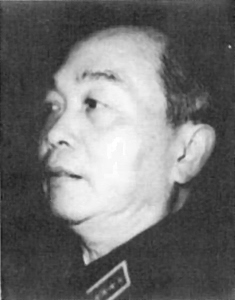
Source: US Air Force Center of Military History
Giap turned his three-stage strategy on the new South Vietnamese Republic and US forces after 1954, successfully undermining the credibility of the ARVN, and managing to control most of the countrys Strategic Hamlets during the programmes short-lived existence. Perhaps his biggest mistake was in believing that the time was right for a general offensive during Tet in January 1968. The failure of the offensive not only had a significant impact in terms of casualties, it virtually wiped out the Viet Cong in the countryside and prevented a further major campaign until Easter 1972.
After the US withdrawal, he was appointed Minister of Defence; a position he held until 1980.
Ngo Dinh Diem (3 January 19012 November 1963)
The architect of the South Vietnamese State, and the USs principal ally in South East Asia, Diems political career came to an ignominious end when he was arrested, and shot dead in the back of an army van (with Ngo Dinh Nhu) after being deposed by his own forces in November 1963.
Diem grew up in a rich, aristocratic Vietnamese family, and spent time working under Emperor Bao Dai. He went on to become a hardline regional governor, gaining a reputation for taking a tough anti-communist line, and for demonstrating an independent position between French colonialism and the Viet Minh nationalists. During the First Indochina War he was captured and almost killed by the Viet Minh. After escaping, he visited the United States, where he met politicians such as the (Roman Catholic) senator John F. Kennedy. After the French defeat, he returned to Vietnam and was put forward, in the face of French opposition, by the US delegation as a possible ruler of South Vietnam.
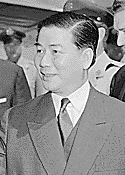
NARA
The defining moment in his rise to the top of South Vietnamese politics was the 1955 referendum over who should rule the country: Bao Dai or himself. Relying heavily on CIA subversion, vote-rigging, and physical intimidation of potential Bao Dai voters, he achieved an overwhelming victory; claiming to have won 98.2 per cent of the vote. Once in power, he proved himself to be as intolerant of political opposition as he was enthusiastic to develop a system of nepotism and patronage. Although Roman Catholics made up approximately 10 per cent of the population, all positions of political and military power and land ownership were in the hands of Catholics. He arrested tens of thousands of political opponents, targeting suspected communists for the most part, but also including trade unionists and Buddhists in his trawl of prisoners.
As opposition to his rule grew, and US tolerance of his methods was undermined by his failure to stabilize South Vietnam, his grip on power gradually weakened. In February 1962 two disaffected South Vietnamese air force pilots bombed the presidential palace. Diem survived unharmed, but authorized his brother to increase repression on political dissidents. By October 1963, the CIA and the US Ambassador to South Vietnam, were aware that senior Vietnamese officers were developing a plan to overthrow Diem. On 1 November, with US permission, the plan was implemented resulting in his death in the van.
Next page






